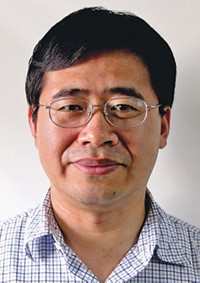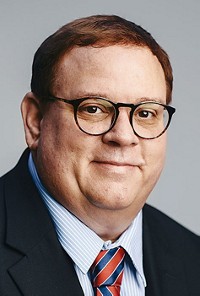Advertisement
Grab your lab coat. Let's get started
Welcome!
Welcome!
Create an account below to get 6 C&EN articles per month, receive newsletters and more - all free.
It seems this is your first time logging in online. Please enter the following information to continue.
As an ACS member you automatically get access to this site. All we need is few more details to create your reading experience.
Not you? Sign in with a different account.
Not you? Sign in with a different account.
ERROR 1
ERROR 1
ERROR 2
ERROR 2
ERROR 2
ERROR 2
ERROR 2
Password and Confirm password must match.
If you have an ACS member number, please enter it here so we can link this account to your membership. (optional)
ERROR 2
ACS values your privacy. By submitting your information, you are gaining access to C&EN and subscribing to our weekly newsletter. We use the information you provide to make your reading experience better, and we will never sell your data to third party members.
Environment
Journal Of Physical Chemistry Expands Landing Page
ACS responds to growing demand by adding third section
by Sophie L. Rovner
August 9, 2006
Physical chemistry is a hot field that's attracting new researchers. The American Chemical Society plans to make room for the growing number of papers in the field by adding a third weekly section to its two-part Journal of Physical Chemistry in January 2007.
The original single-section Journal of Physical Chemistry split into Parts A and B in 1997. "Since then," Editor-in-Chief George C. Schatz says, "Part B has more than doubled in size." The growth of Part B has coincided with expanded research in areas such as materials, surfaces and interfaces, catalysis, membranes, and biophysical chemistry, he explains.
The total number of articles and pages in the two parts has been expanding rapidly over the past several years. "We have this supersize journal, but it is not satisfying all the needs of the community," says Schatz, a chemistry professor at Northwestern University.
By expanding into three parts, the journal can fit in many more feature articles. It can also increase the number of special issues focused on topics of particular interest, he adds.
Schatz hopes the reorganization of the journal will "raise the profile of some topics that are currently distributed throughout Parts A and B of the journal. For example, in the revised journal, we're going to have a section on energy conversion and storage, including photovoltaics, hydrogen storage, catalysis related to things like CO2 reduction, and battery manufacturing." Another section in the revised journal will be dedicated to electron transport, which plays a role in such topics as electron-transfer reactions in molecules, electrochemistry, and leading-edge electronic devices. Schatz and ACS are now deciding what will go in each part of the revised journal.
This year, an institutional subscription to the two-part journal costs $4,274. In 2007, a subscription to the three-part journal will cost $5,850.





Join the conversation
Contact the reporter
Submit a Letter to the Editor for publication
Engage with us on Twitter